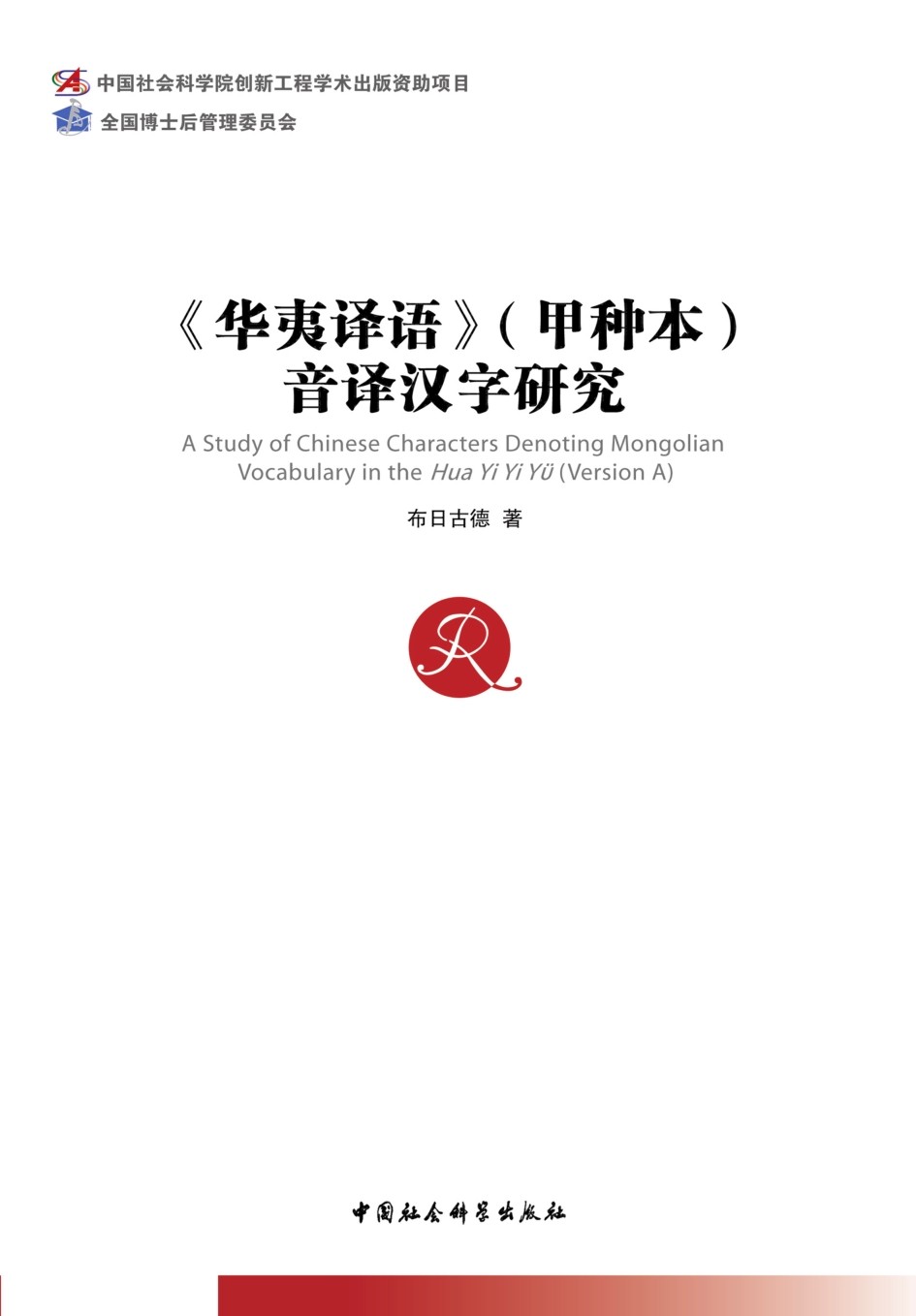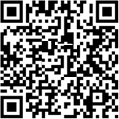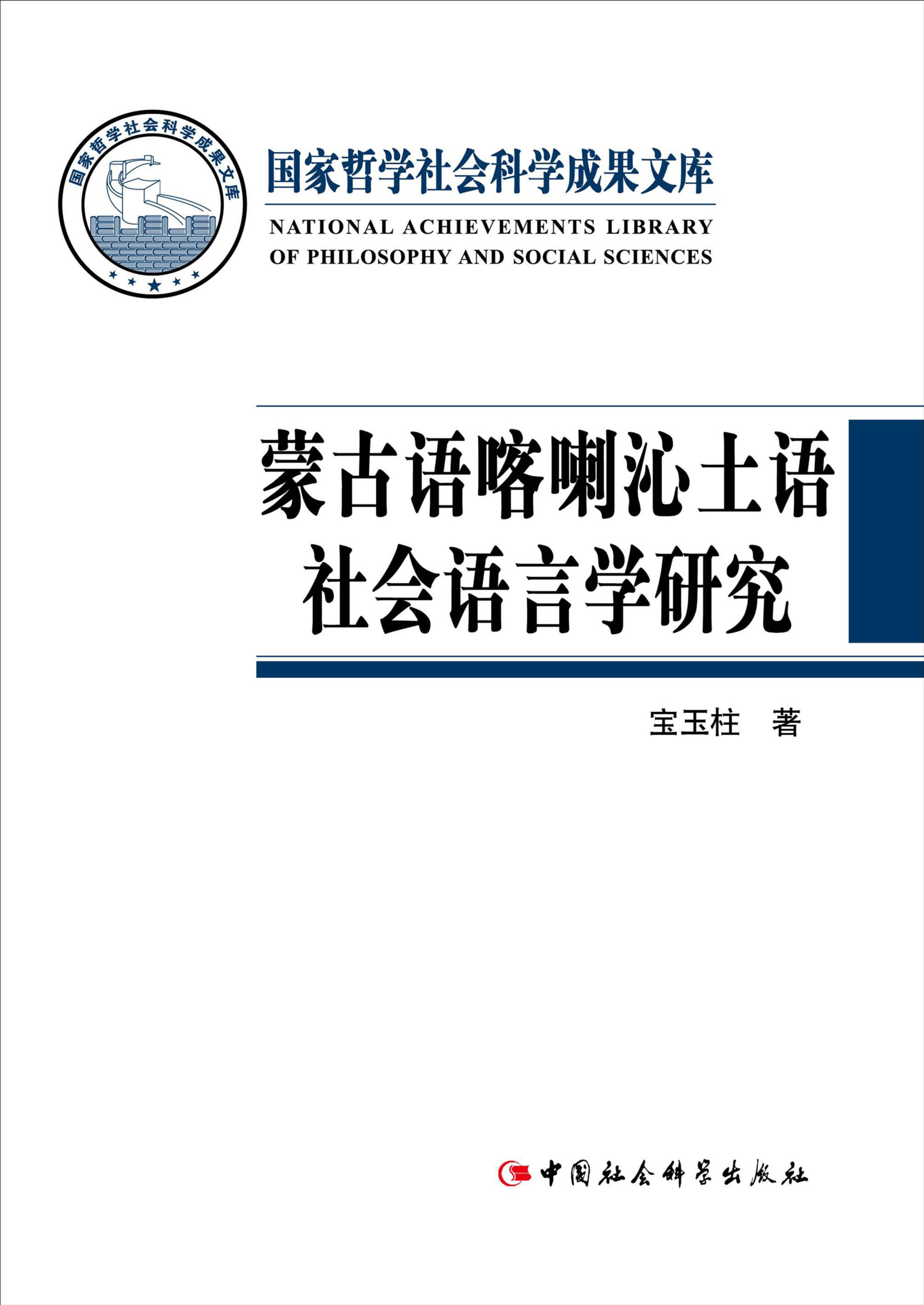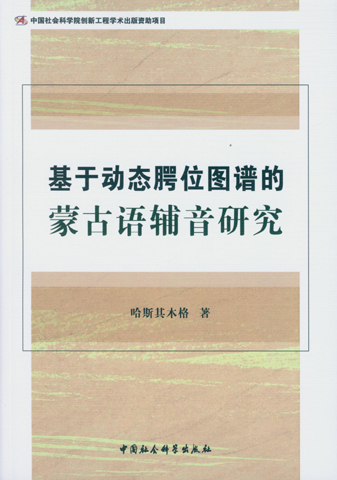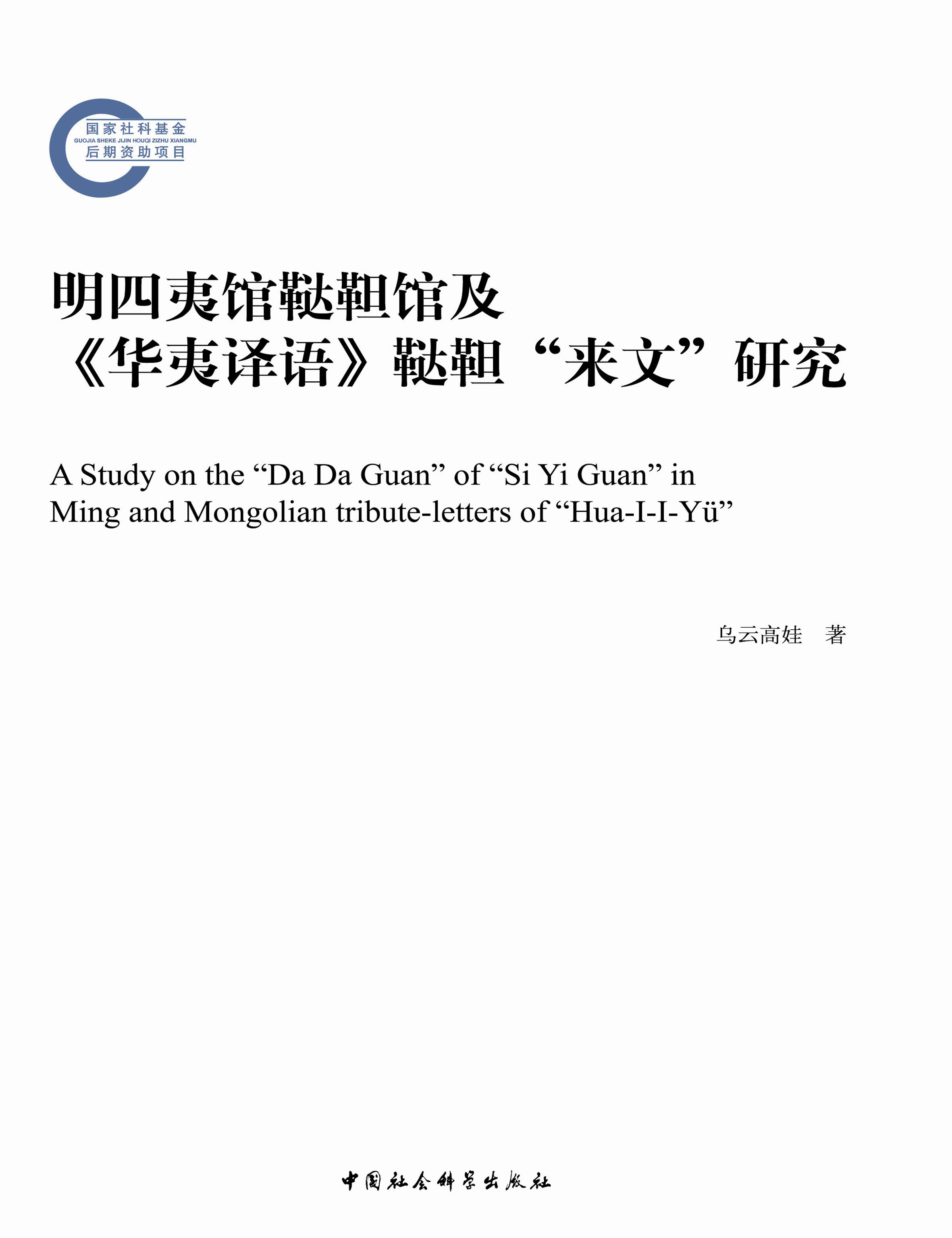内容简介
作者简介
目录
本书对中古蒙古语重要文献《华夷译语》(甲种本)音译汉字进行了全面、系统的分析与研究,科学论述了音译汉字的拼写规则及其基础音系结构特征。本书主要由前言,第一章的音译汉字研究概况,第二章的《译语》音译汉字与《中原音韵》韵母类型对应关系研究,第三章的《译语》音译汉字的基础音系分析研究,第四章的《译语》音译汉字在韵书中的归类分析表以及结语等章节与内容组成。通过对音译汉字全面、系统的科学分析,作者进一步论证了音译汉字与《中原音韵》韵母类型的对应规律。同时,确立了辨别音译汉字基础音系的最有效、最科学的研究方法论。即科学分析中古宕摄、江摄入声字与中古梗摄、曾摄一、二等入声字,在《华夷译语》(甲种本)中的拼写规则及使用原理。从而进一步科学论证了《华夷译语》(甲种本)音译汉字与《蒙古秘史》音译汉字相同,均属于北方音系范畴的学术论断。AbstractThe research findings mainly analyze and study the Chinese Characters denoting Mongolian Vocabulary of Hua Yi Yi Yü(version A)in a comprehensive,systematic and scientific manner,and scientifically discuss the use features and spelling rules of Chinese Characters denoting Mongolian Vocabulary.On this basis,the most effective and scientific research methodology for distinguishing basic phonetic structures research of Chinese Characters denoting Mongolian Vocabulary is established,therefore,the academic thesis that both the Chinese Characters denoting Mongolian Vocabulary of Hua Yi Yi Yü(version A)and the Chinese Characters denoting Mongolian Vocabulary of The Secret History of the Mongols belong to northern mandarin phonetic system structures filed is further expounded.The research of Chinese Characters denoting Mongolian Vocabulary of Hua Yi Yi Yü(version A)is a wide range of scientific research with cross-academic value across discipline,nation and language.And it is especially an important theoretical result of the reconstruction of medieval Mongolian voice,vocabulary and grammar.Thereby,it completely can be said that the findings of this research fill some gaps and shortcomings in the disciplines in a certain sense.
全部显示∨
K·D·布日古德,女,蒙古族,2009年毕业于大阪大学研究生院社会语言学研究科,获语言文化学博士学位。2009-2011年进入中国社会科学院民族学与人类学研究所博士后流动站从事博士后研究工作。现在在中国社会科学院民族学与人类学研究所北方民族语言研究室工作。主要论著有《〈蒙古秘史〉音译汉字研究》( Association for Integrated Studies of Language and Society,Osaka University 2009)。另外在国内外核心刊物上发表The Basic sound system of the Chinese Characters denoting Mongolian vocabulary in the secret history of the Mongols: Focusing on the Chinese Characters denoting Mongolianco  o/
o/ ö,jö/jö, Bulletin of Japanese Association for Mongolian Studies, N039、Literary and colloquial readings of Chinese Characters Denoting Mongolian Vocabulary in the secret history of the Mongols, Bulletin of Japanese Association for Mongolian Studies,N037,《蒙古语音译汉字阳性词与阴性词的区分原则》(蒙古语文2011)、《华夷译语(甲种本)音译汉字基础音系研究》(民族语文)、《蒙古语表记元音a的音译汉字与〈中原音韵〉韵母类型的对应关系》(蒙古语文)、《论中古蒙古语音译汉字区别词义的用字原则》(蒙古语文)等论文。
ö,jö/jö, Bulletin of Japanese Association for Mongolian Studies, N039、Literary and colloquial readings of Chinese Characters Denoting Mongolian Vocabulary in the secret history of the Mongols, Bulletin of Japanese Association for Mongolian Studies,N037,《蒙古语音译汉字阳性词与阴性词的区分原则》(蒙古语文2011)、《华夷译语(甲种本)音译汉字基础音系研究》(民族语文)、《蒙古语表记元音a的音译汉字与〈中原音韵〉韵母类型的对应关系》(蒙古语文)、《论中古蒙古语音译汉字区别词义的用字原则》(蒙古语文)等论文。
全部显示∨
第一章 音译汉字研究概况1.1 汉字音译本《秘史》与《译语》成书年代
1.2 《译语》与《秘史》音译汉字研究概况
1.3 相关资料概况
第二章 《译语》音译汉字与《中原音韵》韵母类型对应关系研究2.1 《中原音韵》韵母类型体系与蒙古语元音体系
2.2 C+V式的对应关系
2.3 C+VV式的对应关系
2.4 CV+N式的对应关系
2.5 CV+M式的对应关系
2.6 CV+NG式的对应关系
2.7 小结
第三章 《译语》音译汉字的基础音系分析研究3.1 音译汉字基础音系的辨别方法
3.2 蒙古语C+O/Ö式音译汉字拼写规则
3.3 中古“曾摄”与“梗摄”入声字拼写规则
3.4 音译汉字“阿”与“合”字拼写方式
3.5 音译汉字“兀”的用法
3.6 明初音译汉字基础音系与政权文化的关系
3.7 小结
第四章 《译语》音译汉字在韵书中的归类分析表
结语
参考文献
附录
索引
后记
该书无电子版哦,想阅读点购买纸书吧,现在还在打折喔(⊙o⊙)
